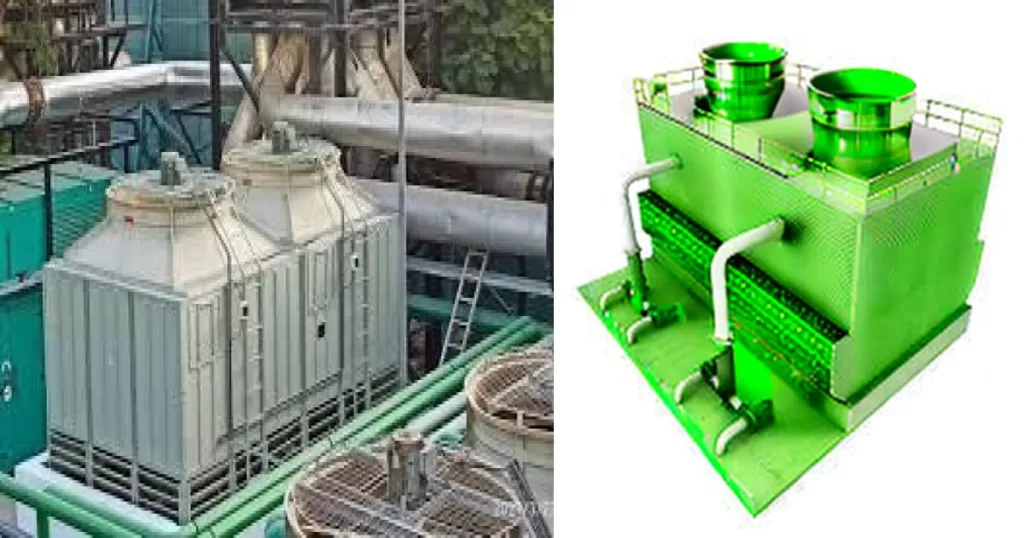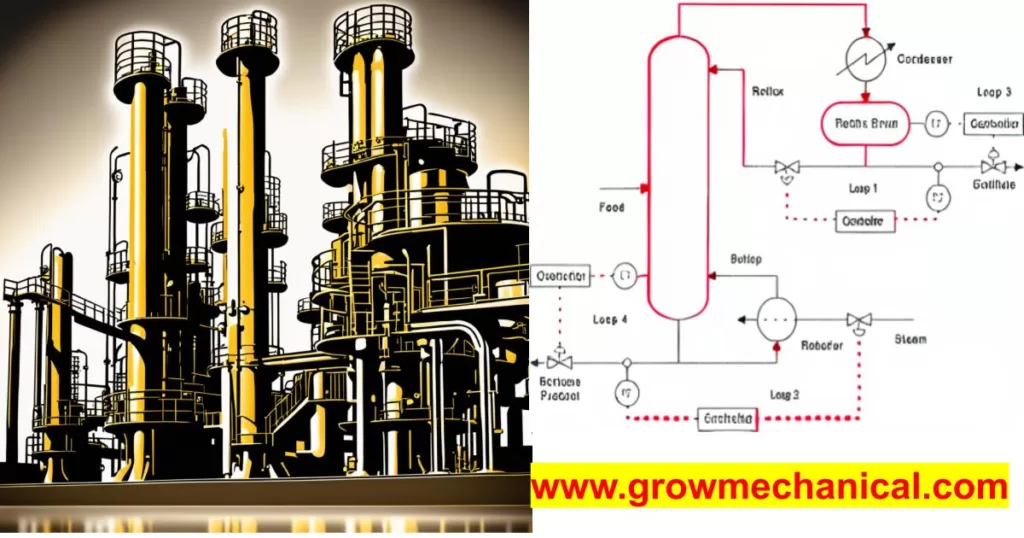Design of Plate Heat Exchangers PDF
Design a Plate heat exchanger is a crucial part for the design engineer. In this article we will deeply understand the requirement of process data which are the primary part of any design part. At the end of this article you’re able to understand the basic requirement and process of the design of a plate heat exchanger complete system.
Data requirement of design a plate heat exchanger
The primary process data requirement for design of complete PHE equipment is as follows.
Fluid Properties
The fluid properties is an important factor for designing any type of the equipment. There are several properties of fluid that have, on the basis of this it is categorized as viscous, dense, acidic, hot or cold and others are aslo.
- Flow Properties
- Thermal Properties
- Physical Properties
- Chemical Properties
- Transport Properties
- Fouling and Scaling Properties
Thermal Properties
Specific Heat Capacity, Thermal Conductivity, Density, Viscosity
Physical Properties
Phase, Density, Surface Tension
Chemical Properties:
Corrosivity, Compatibility, pH
Transport Properties:
Mass Diffusivity, Heat Diffusivity, Molecular Weight
Flow Properties:
Velocity Profile, Turbulence, Reynolds Numbe
Fouling and Scaling Properties:
Fouling Rate, Scaling Tendency
Plate Heat Exchanger Process Data Sheet (PDS)

Gather Your Ammunition: Essential Design Data
For designing a PHE there are many steps to be considered for operating its optimum efficiency such as heatload, types, configuration and other also. Here we have explained all these steps and considerations.
Determine Heat Load
Heatload means the quantity of heat required to remove the second fluid temperature to achieve the desired temperature. To calculate the heatload following data are also required such as.
- Temperature(T) and Flow ratesof both fluids.
- Specific heat of cold and hot fluids.
- Temperature difference (ΔT), delta (T) between both fluids.
Selection of Plate Heat Exchanger Type
The selection of the right types of PHE is also the factor with respect to its size based on your application requirements.
- Required pressure and temperature.
- Available space for installation and maintenance.
- Check the materials compatibility with respect to your process fluid.
- Check utilities fluid (water, steam, or refrigerants) for heat exchange.
Plate Configuration
Calculate and design the number of plates required to achieve the desired output as per our requirements.
- Heat transfer coefficient between plate and fluids.
- Pressure drop in the corrugated plate.
- Fouling and scaling factors.

Plate Material Selection
Proper selection of the PHE plate metrology is a factor to increase the heat transfer coefficient and life.
- Chemical and mechanical properties of plate and fluids.
- Corrosion resistance requirements for the corrosive process fluid.
- Process fluid temperature and pressure range.
- Thermal conductivity of the plate.
Plate Thickness and Size
The proper selection of the plate thickness also helps in increasing the life and efficiency of the PHE.
- Plate MOC maximum allowable stress.
- Design the space between plates to plates to reduce the change of fouling, pressure dropps an scaling.
- Requirement of plate surface area effecient heat transfer.
Gasket Selection
The selection of the gasket decides the life, efficiency and safety of the PHE.
- Gasket materials compatibility with the process fluid properties.
- Gasket materials operating temperature and pressure rangs.
- Chemical resistance to the fluids being processed.
Flow Distribution
The fluid flow should be the uniform for proper heat transfer across all plates.
- Fluid flow rates and velocities.
- Plate geometry and arrangement.
- Pressure drop considerations across the distribution of plates.
Performance Evaluation
Do the simulation to evaluate the performance of the plate heat exchanger. As follows: factor Heat transfer coefficients, Pressure drop calculations and Overall thermal efficiency.
Thermal Calculations
Logarithmic Mean Temperature Difference (LMTD) is one of two methods for analysis and designing the heat exchanger along with NTU method. That is used to determine the temperature driving foruce in the flow system. Generally in heat exchanger design.
The formula for LMTD is: LMTD = (ΔT1 – ΔT2) / ln(ΔT1 / ΔT2)
Identify the temperature differences
For example two fluids flowing in a heat exchanger. The inlet temp of the primery hot fluid is 150°C, and its outlet temperature is 100°C. The inlet temperature of the secondary cold fluid is 20°C, and its outlet temperature is 60°C.
ΔT1 = (T_hot,inlet – T_hot,outlet) = (150°C – 100°C) = 50°C
ΔT2 = (T_cold,outlet – T_cold,inlet) = (60°C – 20°C) = 40°C
Arithmetic mean temperature difference (ΔTm) = (ΔT1 – ΔT2) / 2 = (50°C – 40°C) / 2 = 5°C
Logarithmic Mean Temperature Difference (LMTD) = (ΔT1 – ΔT2) / ln(ΔT1 / ΔT2)
= (50°C – 40°C) / ln(50°C / 40°C) ≈ 45.80°C
How to calculate Plate Area of plate heat exchanger
There are many factor involve for cosider plate are such as heat transfer rate, heat transfer coefficient, and LMTD.
Calculate the heat transfer rate (Q):
Assume that we have to transfer heat at a rate of 1000 kW (kilowatts) between two process fluids in a heat exchanger.
Overall heat transfer coefficient (U):
The overall heat transfer coefficient represents the combined thermal resistance of the fluids and the heat exchanger surface. Assume U = 500 W/(m²·K) (watts per square meter per Kelvin) for our example.
LMTD (ΔTm) is approximately 45.80°C.
Apply the formula for heat transfer rate: Q = U * A * ΔTm, Where: Q is the heat transfer rate (kW), U is the overall heat transfer coefficient (W/(m²·K)), A is the heat transfer area (m²), ΔTm is the logarithmic mean temperature difference (°C)
A = Q / (U * ΔTm) = (1000 kW) / (500 W/(m²·K) * 45.80°C) ≈ 43.47 m²
To heat transfer rate of 1000 kW with an U of 500 W/(m²·K) and an LMTD of approximately 45.80°C, required heat transfer area 43.47 M2 in the heat exchanger plates. This calculation calculates the size or area of the plates required for a given heat transfer application.
Pick Your Weapon: Selecting the Right Plate Pattern
Selecting the right plate pattern for a heat exchanger involves considering factors like fluid properties, heat transfer requirements, pressure drop limitations, and fouling tendencies. Let’s go through the steps and considerations involved in selecting a plate pattern with an example:
- Evaluate fouling tendencies:
- Consider pressure drop limitations:
- Optimize the plate pattern selection:
- Determine the heat transfer requirements:
- Identify the fluid properties and operating conditions:
- Evaluate the heat transfer area for each plate pattern:
- Select a plate pattern based on performance and practical considerations:
- Compare the calculated heat transfer area with available plate geometries:
Conclusion
In conclusion, selecting the right gasket material, plate material, and utilizing design software are important considerations in the design and operation of plate heat exchangers. However, consulting with knowledgeable experts is indispensable, particularly for complex applications, to ensure the best possible outcomes and to address any specific challenges or requirements effectively.
Heat Exchanger Design download sheet Click the link
Plate Heat Exchanger Process Data Sheet (PDS) Download Blank Format




